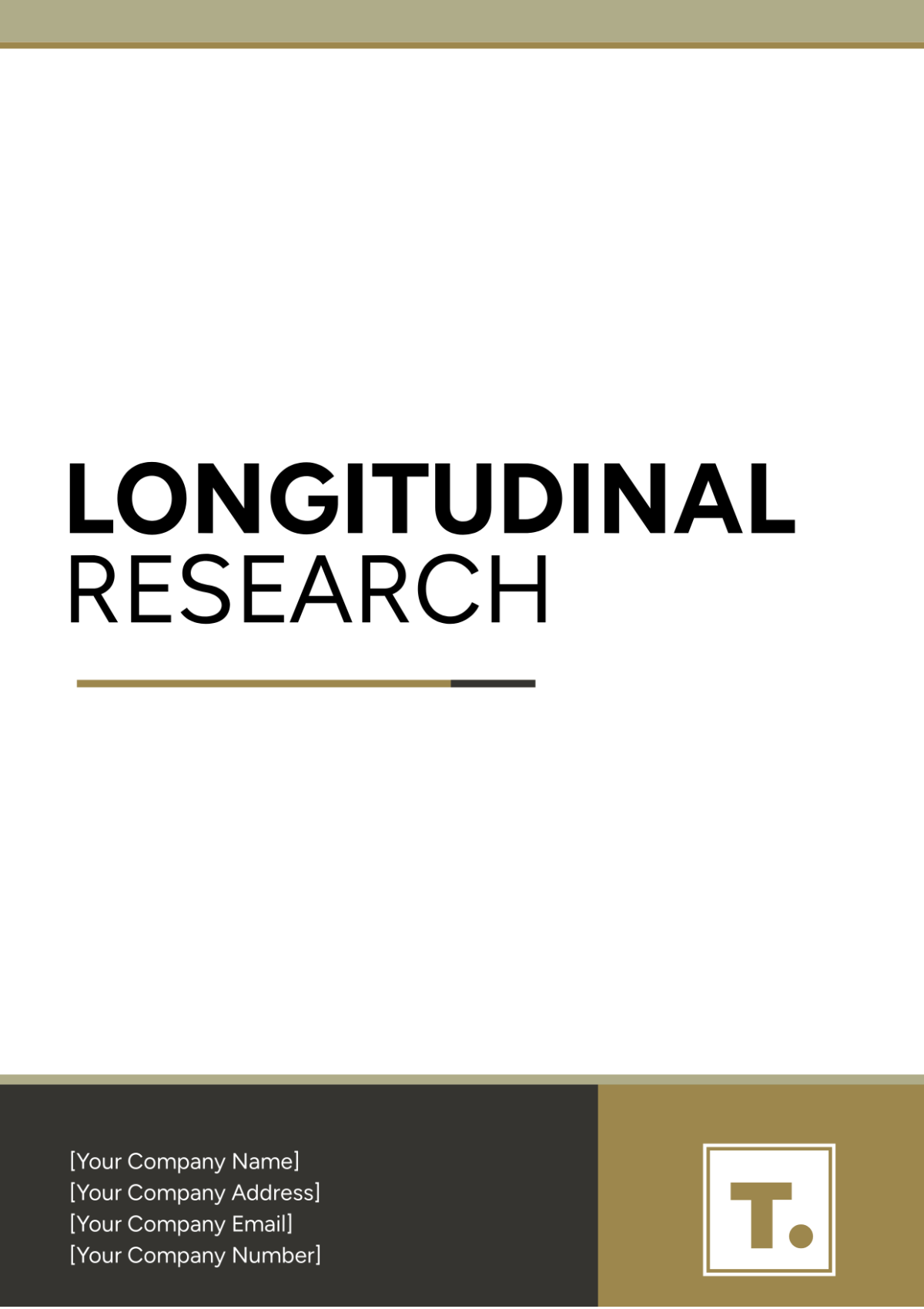Exploratory Research in Administration
Prepared By: [YOUR NAME]
Date: [DATE]
I. Introduction
In the evolving landscape of organizational management, administrative practices are pivotal for operational efficiency. This exploratory research seeks to uncover and analyze the complexities and nuances within administrative processes. By identifying key challenges and opportunities, this study aims to lay the groundwork for deeper investigations that can enhance administrative effectiveness and organizational performance.
II. Literature Review
The literature on exploratory research in administration provides various frameworks to understand administrative processes:
Contingency Theory: This theory posits that effective administration is contingent on aligning administrative processes with the external environment, suggesting no universal approach fits all organizations (Smith, 2050).
Administrative Behavior Theory: Focuses on decision-making within administrative contexts and its implications for organizational performance (Johnson, 2052).
Processual Approach: Views administration as a dynamic, continuous process involving various stakeholders, emphasizing the need for ongoing adjustments (Williams, 2054).
Existing research highlights gaps in understanding specific administrative challenges, underscoring the need for exploratory studies to generate foundational insights.
III. Methodology
This research employs a mixed-method approach, combining qualitative and quantitative techniques to gather comprehensive data:
Interviews: Semi-structured interviews with administrative professionals to gain in-depth perspectives on their experiences and challenges.
Surveys: Distribution of structured questionnaires to a wider pool of administrative staff to collect quantitative data on common issues.
Observations: Direct observation of administrative processes within organizations to understand real-time practices and inefficiencies.
The collected data is analyzed using thematic analysis for qualitative data and statistical analysis for quantitative data to identify patterns and key insights.
IV. Findings
Initial findings from the study reveal several significant issues in administrative practices, which can be quantified and analyzed to identify areas for improvement. The following table summarizes the key issues and their prevalence among the study participants.
Issue | Description | Prevalence (%) |
|---|---|---|
Inconsistent Communication | Leads to misunderstandings and delays. | 45% |
Workflow Inefficiencies | Due to outdated procedures and resistance to change. | 38% |
Lack of Training | Insufficient professional development for administrative staff. | 30% |
Technology Adoption Challenges | Difficulties in integrating new technologies with existing systems. | 35% |
These findings underscore the need for targeted interventions to address communication issues, streamline workflows, enhance training programs, and facilitate smoother technology adoption. Addressing these areas can significantly improve administrative efficiency and organizational performance.
V. Discussion
The findings from this exploratory research offer valuable insights into key administrative challenges. Each issue identified has significant implications for administrative practice and organizational performance. Here’s a detailed discussion of these findings:
A. Inconsistent Communication
Implications: Inconsistent communication can lead to operational inefficiencies, errors, and decreased morale among staff. Misunderstandings and delays in information flow hinder the timely completion of tasks and projects.
Recommendations:
Standardize Communication Protocols: Implement clear guidelines and standardized tools for communication within the organization. Regular updates and feedback mechanisms can reduce misunderstandings.
Training Programs: Develop training programs focused on effective communication skills and practices for all levels of staff.
B. . Workflow Inefficiencies
Implications: Inefficiencies in workflow can lead to decreased productivity and increased operational costs. Outdated procedures and resistance to change prevent organizations from optimizing their processes.
Recommendations:
Process Review and Optimization: Conduct regular reviews of administrative processes to identify and eliminate redundancies. Adopt lean management principles to streamline workflows.
Change Management: Implement a structured change management approach to facilitate the adoption of new procedures and encourage staff to embrace improvements.
C. Lack of Training
Implications: A lack of training and professional development can result in reduced staff competency and adaptability. This issue impacts the overall effectiveness and efficiency of administrative operations.
Recommendations:
Invest in Continuous Learning: Allocate resources for ongoing training and development programs. Ensure that training is relevant to current administrative challenges and technological advancements.
Mentorship and Support: Establish mentorship programs to support the professional growth of administrative staff and provide guidance on career development.
D. Technology Adoption Challenges
Implications: Challenges in adopting and integrating new technologies can result in the underutilization of tools and missed opportunities for efficiency gains. Compatibility issues and resistance to change further exacerbate these challenges.
Recommendations:
Technology Integration Plan: Develop a comprehensive plan for technology adoption that includes compatibility assessments, user training, and support resources.
Pilot Testing: Conduct pilot tests of new technologies to identify potential issues before full-scale implementation. Gather feedback from users to make necessary adjustments.
VI. Conclusion
This study has spotlighted major administrative hurdles such as irregular communication, workflow bottlenecks, inadequate training, and challenges in technology adoption, suggesting that implementing standardized communication procedures, streamlined workflows, improved training, and systematic technology integration can markedly boost administrative efficiency and overall organizational performance. By targeting these aspects, organizations can improve operational effectiveness and adaptability, leading to more efficient administrative processes. Future investigations should expand on these findings to fine-tune strategies and create tailored solutions for various organizational environments.
VII. References
Smith, J. A. (2050). Contingency Theory and Administrative Processes. Administrative Science Press.
Johnson, L. M. (2052). Administrative Behavior Theory: Implications for Organizational Performance. Journal of Administrative Research, 15(2), 45-62.
Williams, R. B. (2054). Processual Approach to Administration: A Dynamic Perspective. Management Innovations.
Brown, T. C. (2056). Exploring Administrative Challenges: A Call for Further Research. Administrative Insights, 20(4), 102-118.

















































